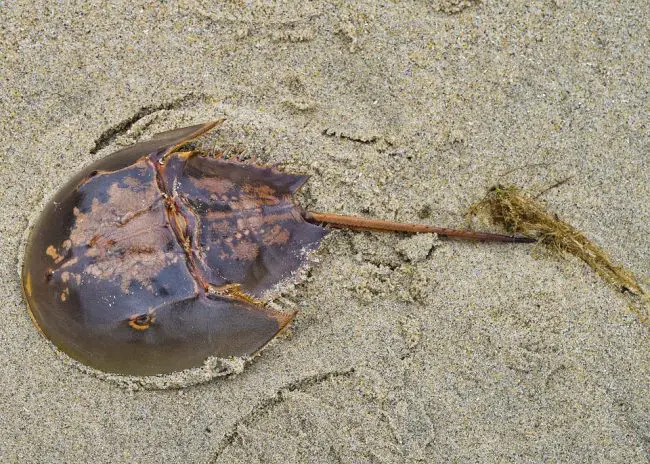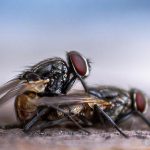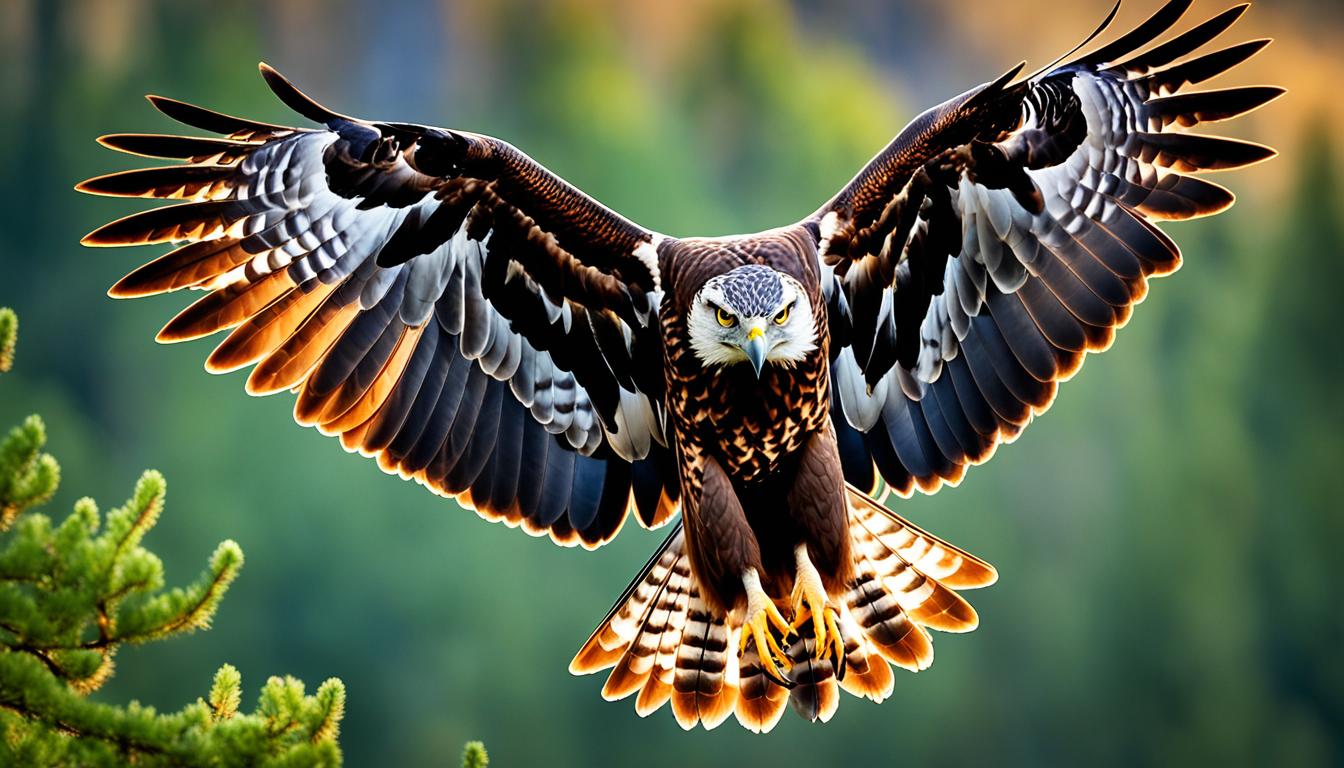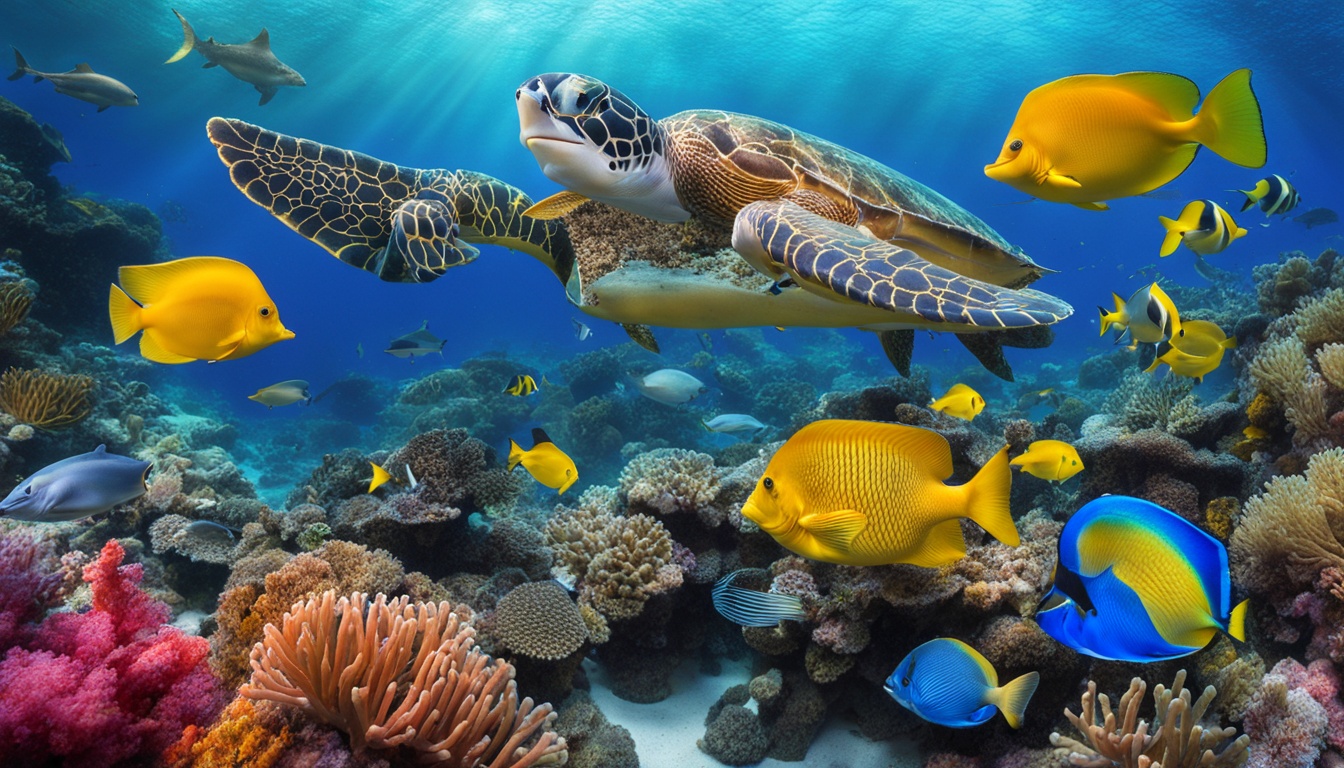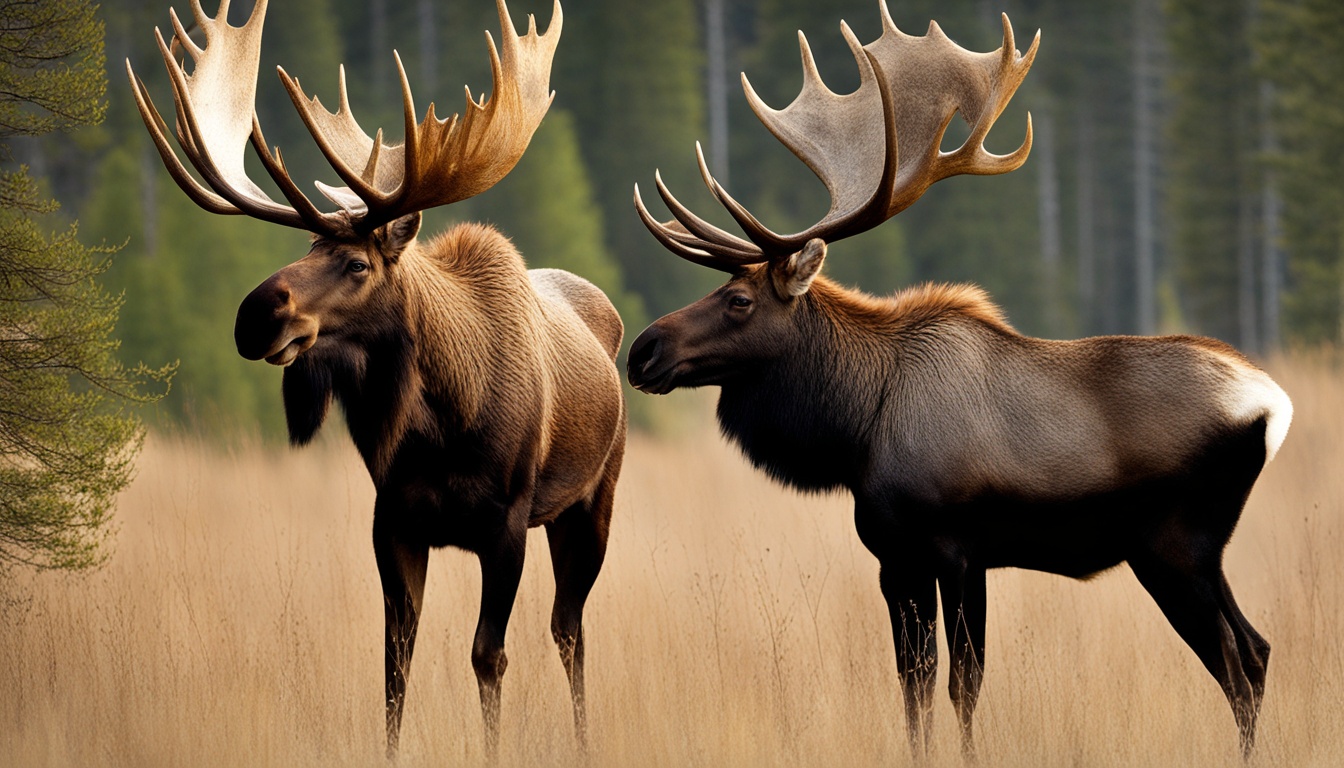What is Blood?
Blood is a bodily fluid that circulates through the circulatory system of humans and other vertebrates, delivering essential chemicals such as nutrition and oxygen to the cells while also transporting metabolic waste products away from those same cells.
Blood is made up of blood cells floating in a liquid called plasma. It includes proteins, carbohydrates, mineral ions, hormones, carbon dioxide (plasma is the primary medium for excretory product transfer), and blood cells themselves. Plasma accounts for 55 percent of total blood volume and is mostly composed of water.
Why do Organisms have Blood with Different Colors?
Animal blood may be colored in a variety of ways, including blue, green, yellow, purple, and even white, and it is quite interesting to observe. Different proteins and pigments present in the blood contribute to the formation of these hues. Spiders, for example, have blue blood owing to hemocyanin, which is composed of copper rather than iron in their bloodstream. Some animals have even been found to have yellow blood. The yellow color is caused by a high concentration of vanabin, a yellow vanadium-based pigment that gives the pigment its yellow hue.
Do Hippos Have Colored Tusks or Teeth?
Hippos have neither colored tusks nor teeth. Their tusks are ivory and their teeth are ivory-colored as well. These remarkable features can grow up to one and a half feet long and are used for various purposes, including fighting and marking territory. Understanding hippo tusk and teeth facts contributes to our knowledge of these fascinating creatures.
Are There any Animals with Colored Blood That Attracts Wasps?
Certain animals, such as the assassin bug, possess colored blood that attracts wasps due to its composition. However, when it comes to what attracts wasps in homes, it is primarily food sources, sweet fragrances, and bright colors that pique their interest rather than the color of an animal’s blood.
Are There Any Animals on the List of Animals With Fangs That Also Have Colored Blood?
Yes, there are animals on the animals with fangs list that also have colored blood. Some examples include leeches and certain species of octopuses. These unique creatures possess the fascinating ability to produce and utilize pigments that give their blood a range of colors, often serving important physiological functions.
Do Animals with Colored Blood Have Different Vision Abilities?
Animals like the cheetah, with specialized color vision, may have different abilities compared to those with limited color vision. Their unique visual abilities can aid in hunting and navigating their environment, giving them a significant advantage over their prey.
Examples of Animals with Colored Blood
1: Scorpions
- Scientific name: Hottentotta tamulus
- Type of animal: Arthropod
- Diet: Carnivorous
- Color of Blood: Blue
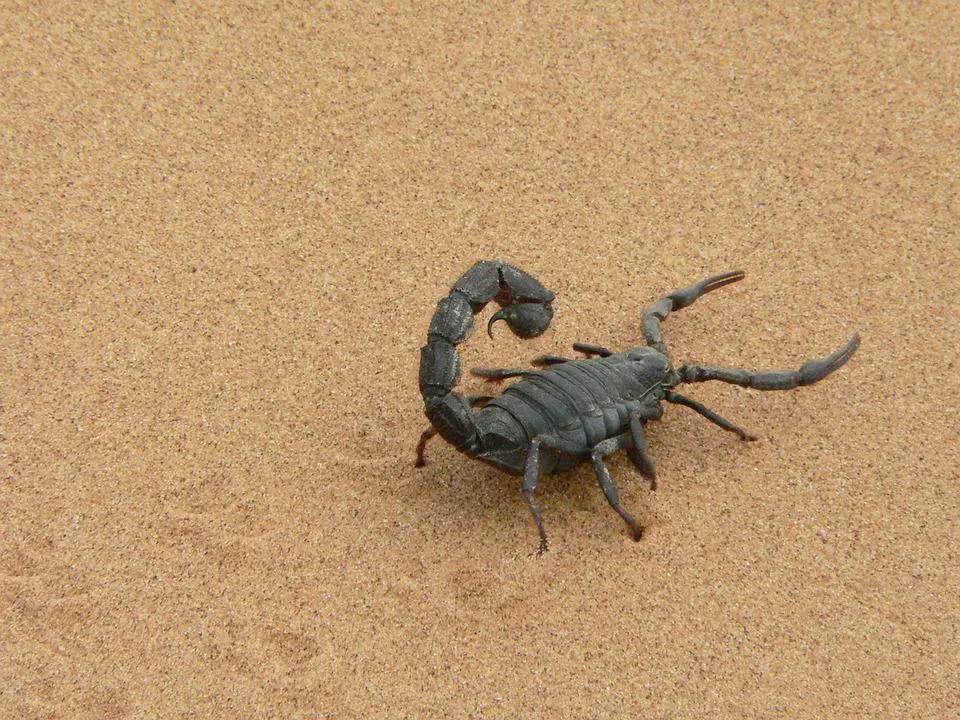
Scorpions are arachnids that belong to the order of Scorpiones and are predatory arachnids. They have eight legs and are readily distinguished by a pair of gripping pincers and a slender, segmented tail, which is typically carried in a distinctive forward curve over the back and always ends in a stinger at the end of each segment.
There are also scorpions with blue blood in the population. The Emperor Scorpion, for example, is a mythical creature. It is the biggest scorpion in the family of scorpions. The hemocyanin in their blood is also very high in these individuals.
2: Spiders
- Scientific name: Plexippus paykulli
- Type of animal: Arthropod
- Diet: Carnivores
- Color of Blood: Blue
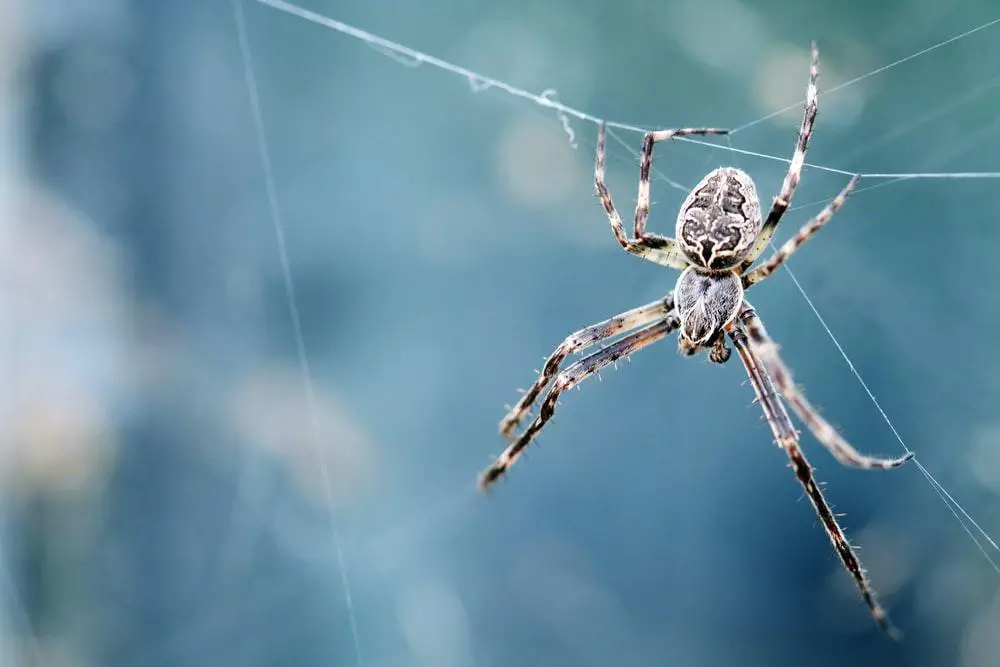
Spiders are arachnids that breathe air. They have a distinctive structure that includes eight jointed legs, the absence of antennae, a body that is divided into two segments, an exoskeleton, and six to eight eyes, among other features. Web-spinning spiders are known to feed on a range of creatures, including arthropods and tiny birds, amphibians, and reptiles, and they employ a variety of tactics to trap their prey. Hemocyanin is responsible for the pale blue color of spider blood. Spider’s blood has an unusually blue tint because to the presence of hemocyanin in their blood, which includes copper, which causes the coloration to be unusually blue.
3: Horseshoe Crabs
- Scientific name:Tachypleus tridentatus
- Type of animal: Arthropod
- Diet: Scavengers
- Color of Blood: Blue
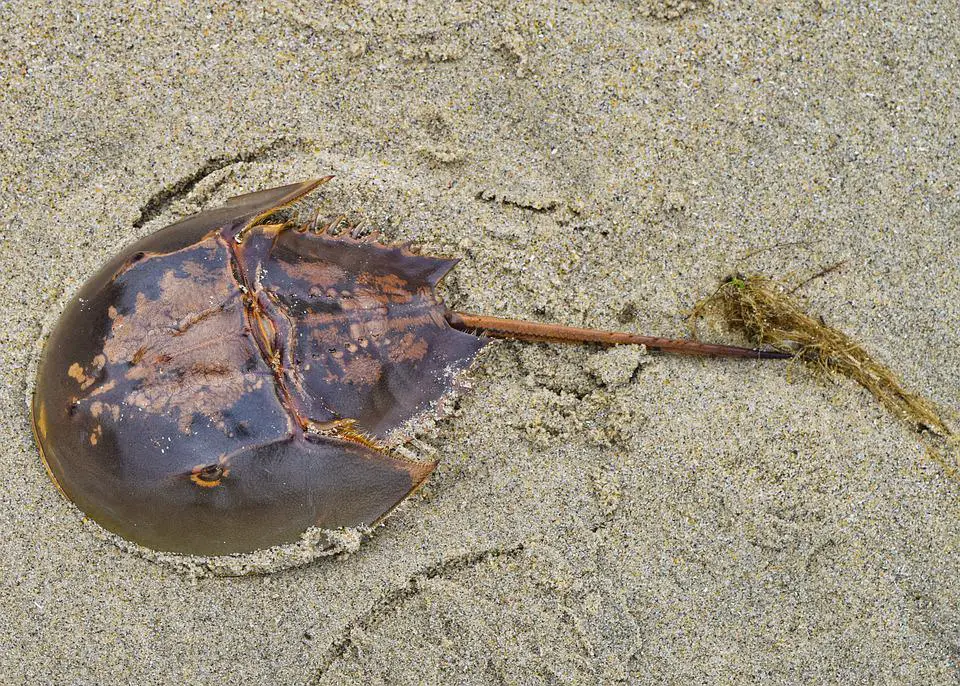
In addition to being members of the family Limulidae, horseshoe crabs are also the only members of the order Xiphosura that may be found in the wild today. The blood of the Horseshoe Crabs is light blue in color. This is also owing to the presence of hemocyanin derived from cobber in its blood. The Horseshoe Crabs have such a high level of bacteria resistance, which is noteworthy.
This is also one of the primary reasons why it has endured for such a long period of time as well. Some experts estimate that Horseshoe Crabs have been around for more than 400 million years, according to their research. Because the blood flows through an open circulatory system, where it has direct access to the internal organs, there are no veins in the body as well. In this way, blood may be delivered to the organs more quickly and easily without the need for blood vessels.
4: Octopus
- Scientific name: Octopus vulgaris
- Type of animal: Mollusca
- Diet: Carnivores
- Color of Blood: Blue
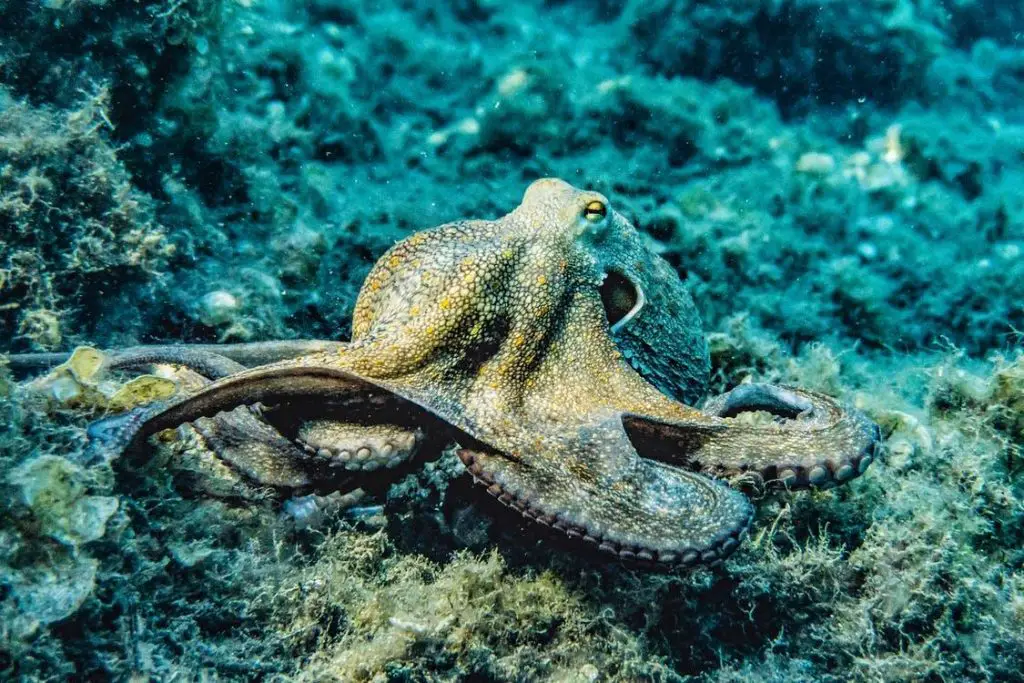
Octopuses may be found in a variety of habitats across the ocean, comprising coral reefs, pelagic seas, and the seafloor; some can be found in the intertidal zone, while others can be found in abyssal depths. Hemocyanin is present in the octopus rather than haemoglobin, is more effective in transporting oxygen through an animal’s veins in oxygen-depleted deep-sea habitats with low temperatures. most of the species of octopuses have hemocyanin levels in their blood that are as high as 40% or more, allowing them to survive in the frigid waters of the Antarctic.
5: Pillbugs
- Scientific name: Armadillidium granulatum
- Type of animal: Arthropoda
- Diet: Scavenger
- Color of Blood: Blue

Pillbugs are popular occupants of grounds and gardens near houses, where they can be found in abundance. Pillbugs are among the rare crustaceans that have successfully acclimated to life on land. Although their architecture is very simple, pillbugs are fascinating in that they have successfully adapted to terrestrial life. Hemocyanin may be found in the blood of many crustaceans, including pill bugs, and it is a powerful antioxidant. When pill insect blood is oxygenated, the color of the blood changes to blue.
6: Snails
- Scientific name: Pomacea bridgesii
- Type of animal: Gastropods
- Diet: Scavengers
- Color of Blood: Blue
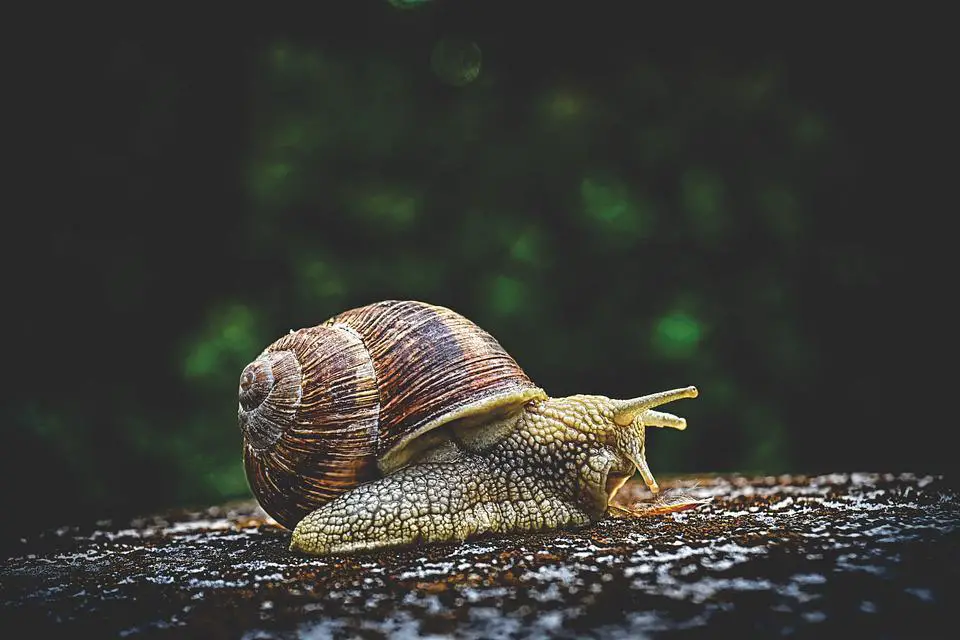
Snails belong to the class Gastropoda and from the phylum mollusks that have the greatest number of species (Mollusca). They are capable of surviving both on land and in water. The majority of snail blood is bluish in hue, and squids have blue blood as well.
7: Cuttlefish
- Scientific name Sepia apama
- Type of animal Mollusca
- Diet Carnivores
- Color of Blood Blue
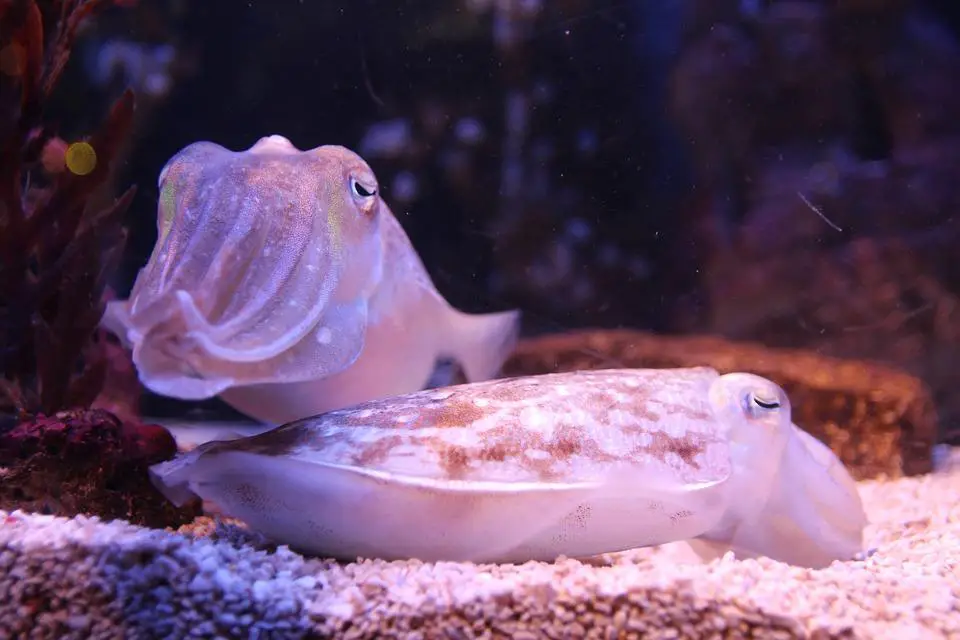
Cuttlefish also have blue color blood. Cuttlefish is a marine species that is classified as a mollusc rather than a fish. Cuttlefish have an interior shell, eight arms, and two tentacles, which they use to catch and hold their prey in their grasp. In this palm-sized sea mollusc, copper atoms in its blood pigment hemocyanin, which transports oxygen throughout the snail’s tissue, are responsible for the mollusk’s blue hue.
8: Peanut Worms
- Scientific name:Thysanocardia nigra
- Type of animal: Annelida
- Diet: Deposit feeders
- Color of Blood: Purple
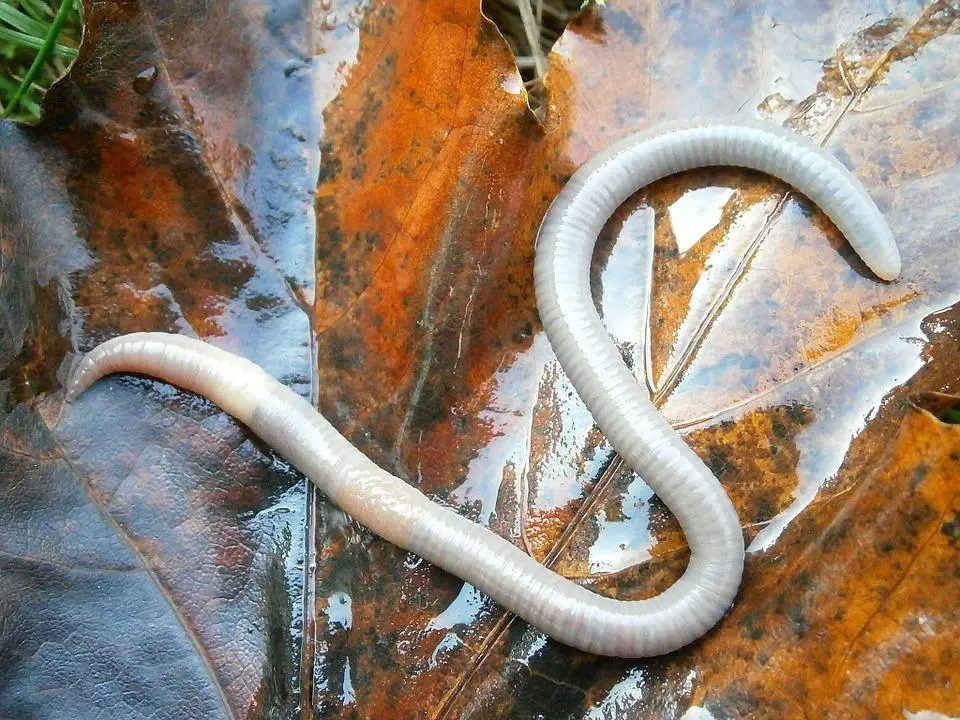
These worms which play an essential ecological function in marine food chains by digesting tiny organisms acquired by deposit or filter feeding, as well as by ingesting sipunculans themselves. Peanut Worms are the name given to these worms. Their blood is a dark purple color that can seem virtually black in some cases. Fish and other predators devour sipunculans, which play an essential ecological function in marine food chains by digesting tiny organisms acquired by deposit or filter feeding, as well as by ingesting sipunculans themselves.
9: Brachiopods
- Scientific name: Lingula anatina
- Type of animal: Brachiopod
- Diet: Filter feeder
- Color of Blood: Purple
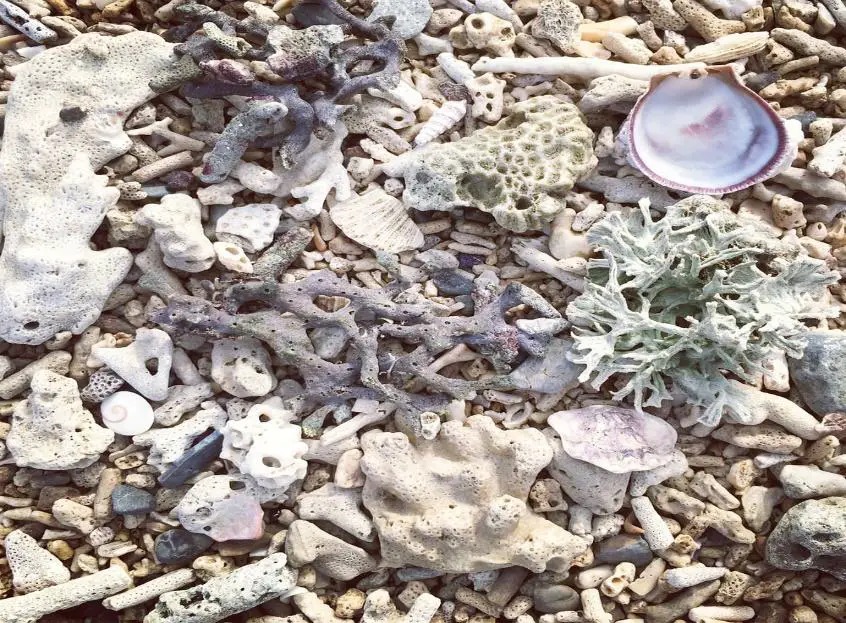
Brachiopods can be found on sea-beds, in shallow water such as rock pools, intertidal zones, fissures, and the undersides of stones, among other places. They can be found on the sea-beds of tropical to frigid seas in the Arctic and Antarctic Oceans, despite the fact that they are extremely rare. In order to transport oxygen in the blood, brachiopods do not rely on hemoglobin or hemocyanin.
Hemerythrin, another colored protein, is responsible for this function. Hemerythrin causes deoxygenated blood to appear colorless or mildly yellow depending on the concentration used. Despite the fact that deoxygenated blood is colorless, brachiopods have blood that has a rich purple color when they are fully oxygenated.
10: Leeches
- Scientific name: Hirudo medicinalis
- Type of animal: Annelida
- Diet: Sucker
- Color of Blood: Green
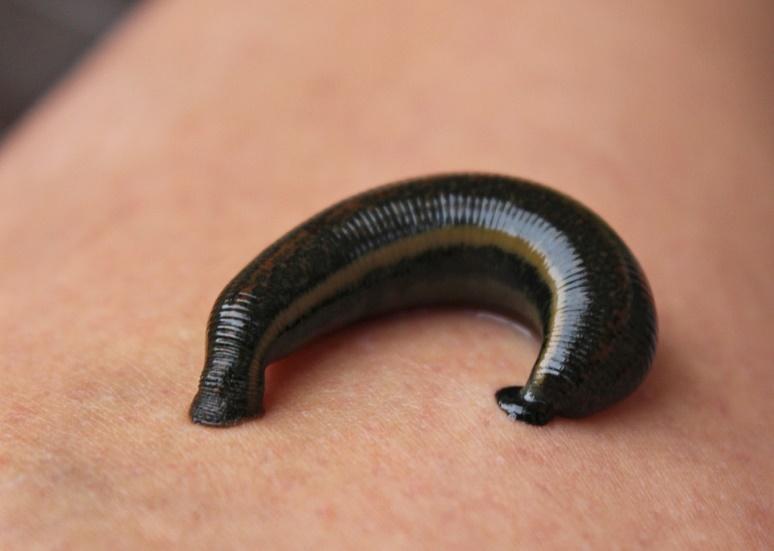
In their segmented bodies, leech parasites possess a combination of soft, muscular, and segmented bodies, which they may extend and shrink in order to enter into a thick body and suck the blood out. They don’t actually have a tail because they have suckers on both ends, but once they attach themselves to you, they cause double the troubles as before.
Although most species are parasites that feed on the blood of their hosts, there are certain species that prey on tiny invertebrates such as snails, earthworms, and insect larvae as well. They have a neurological system made up of a vast number of nerve cells, which allows them to detect touch, vibration, and movement of items in their immediate vicinity, which they intelligently exploit to identify warm-blooded hosts in the vicinity.
Leeches contain chlorocruorin protein found in their blood; it is an oxygen-binding protein that is found in the plasma of their blood and is responsible for the green hue of their oxygenated blood; when present in larger concentrations, it can cause the blood to turn a pale red color.
11: Skinks
- Scientific name: Hypsilurus ornatus
- Type of animal: Reptile
- Diet: Carnivores
- Color of Blood: Green
Skinks are tiny reptiles with long, tapering tails that they can shed if they are caught by a predator. They range in size from 7 to 15 cm in length, with the tail covering more than half of this length on average. Due to the high quantity of biliverdin in their blood, which is a green bile pigment that is poisonous and causes jaundice, skinks’ blood is green in hue. Skinks are Guinean lizards that have proportionately large legs in comparison to their body structure. Despite having a large number of bony scales covering their cranium, Skinks have as few limbs as possible and fewer than five toes on each foot, making them as ‘thin’ as they can be.
12: Hornworm
- Scientific name: Manduca sexta
- Type of animal: Insect
- Diet: Scavenger
- Color of Blood: Green
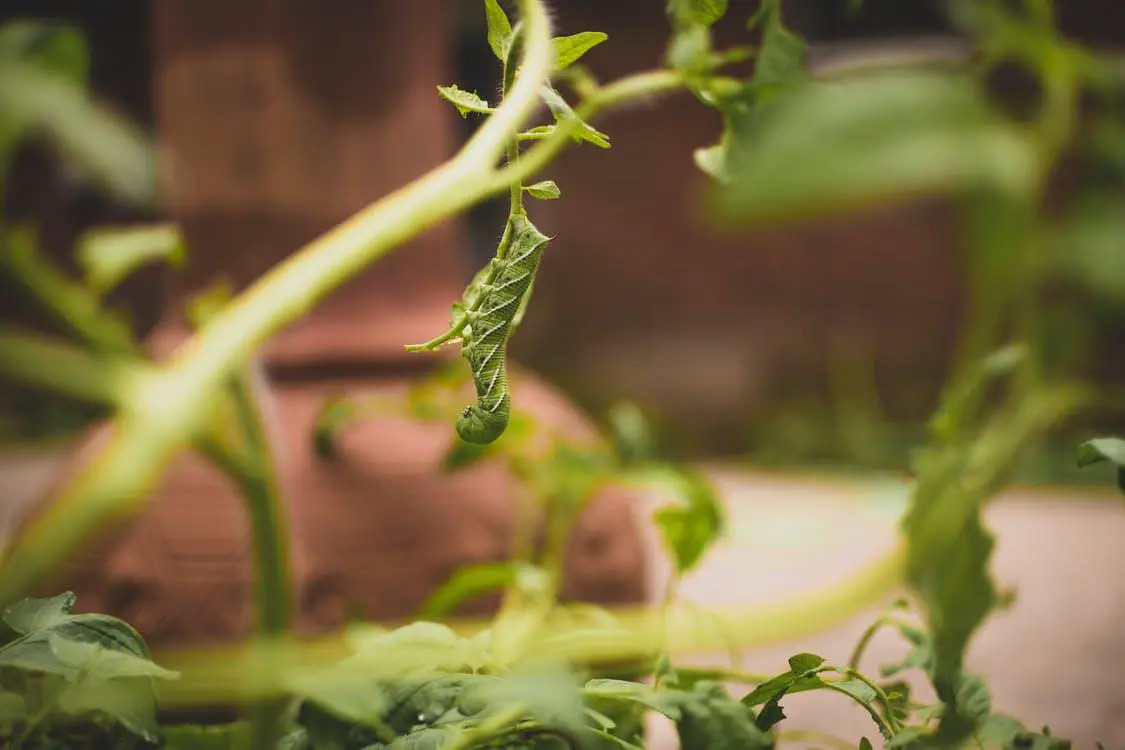
This is the same pigment that gives the vivid green color to the attractive Tobacco Hornworm. Biliverdin is the pigment that gives the color green to the water. It is the same pigment that may cause your skin to become green when you have a wound or have been struck by a bullet. As you may be aware, if an eye is injured, it can become extremely colorful. Almost all of the animals that have green blood consume plants that are in bloom. In this case, it might imply a relationship, although one has not yet been discovered.
13: Beetles
- Scientific name: Coccinella septempunctata
- Type of animal: Insect
- Diet: Scavenger
- Color of Blood: Yellow
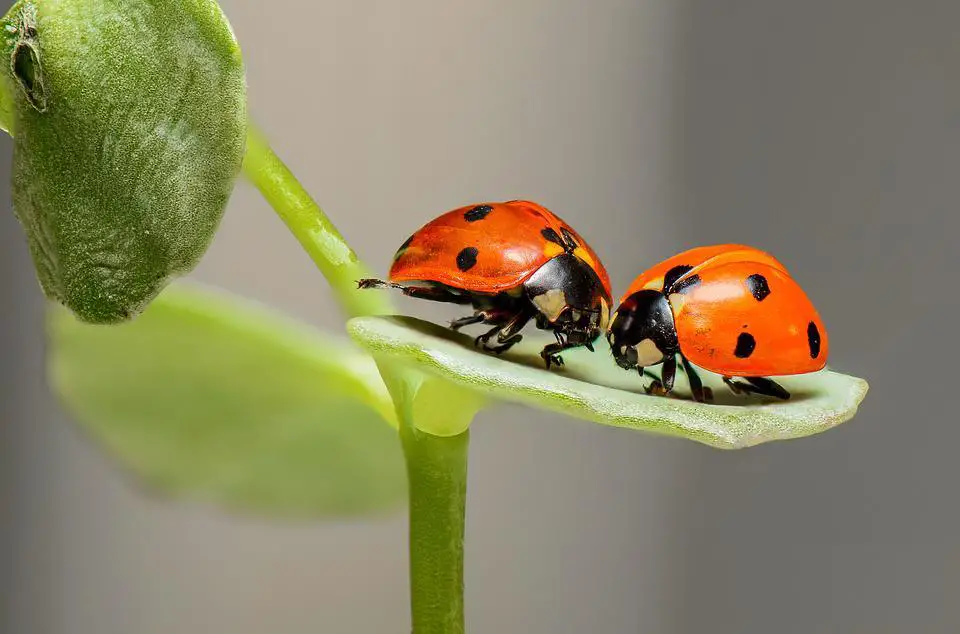
Beetles are extremely beneficial to humans because they break down organic matter and act as predators of other tiny insects, lowering the number of undesirable animals in an ecosystem. The fact that they represent love, perseverance, and even good fortune speaks volumes about their significance in the spiritual realm, which is why they are so popular among bugs in general. Beetles, like various other insects, have blood that is yellowish in color. You might have noticed this if you unintentionally spilled one on your clothes or face.
14: Sea Cucumbers
- Scientific name: Chiridota heheva
- Type of animal: Echinoderm
- Diet: Filterfeeder
- Color of Blood: Yellow
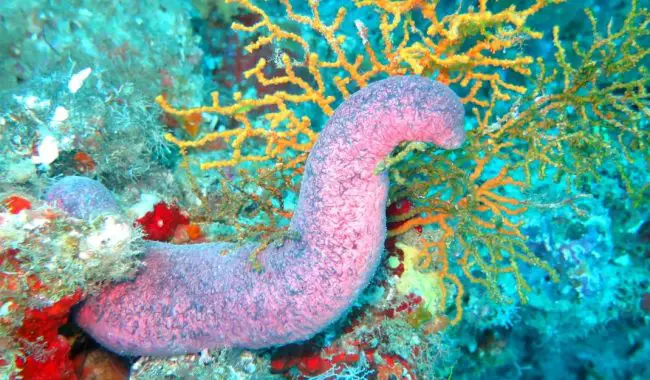
Sea cucumbers are a peculiar species of animal. They are really basic organisms that reside at the bottom of the ocean, where they live. Vanabin, a vanadium-based pigment, is responsible for the yellow hue of the blood of Sea Cucumbers. Vanabin does not directly cause the yellow color of the insect’s blood; nevertheless, the chemical vanadium found in vanabin causes the insect’s blood to become yellow when it is exposed to oxygen.
They may seem to be fruits, and the name does not make it any simpler to distinguish them from other animals. But it is an animal, and it is rather extraordinary in its own right. As you can see in the photo above, they have millions of little feet. They are quite cute. At the ocean’s bottom, it will travel slowly and steadily.
15: Cockroach
- Scientific name: Periplaneta americana
- Type of animal: Insect
- Diet: Scavenger
- Color of Blood: White
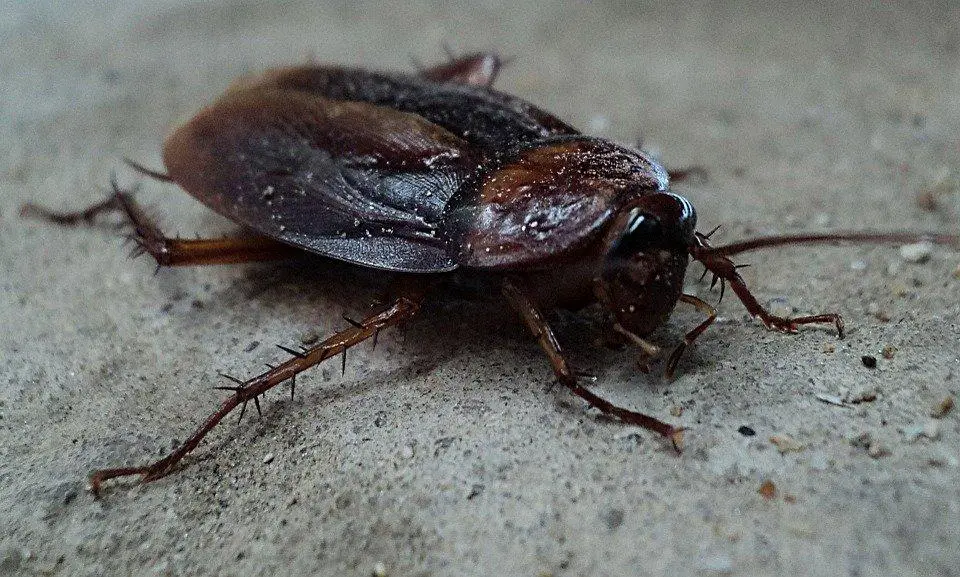
Cockroaches are members of the Blattodea family of insects, which also includes termites. Out of 4,600 cockroach species, around 30 are involved with human environments. Some species are well-known for being pests in their respective environments. Insects can have blood that is extremely brilliant yellow and appears virtually white in some cases. The blood might be clear and translucent, or it could be whiter and seem more like watered milk, depending on the situation. The white blood of cockroaches is also well-known, and you will feel it when you whack one of them.
16: Ocellated Icefish
- Scientific name :Chionodraco rastrospinosus
- Type of animal: Fish
- Diet: Carnivores
- Color of Blood: White
Ocellated Icefish have greyish, black, or brownish bodies have two dorsal fins that are supported by long and flexible spines, wide pectoral fins, and no scales, which allows it to absorb more oxygen directly through the skin and thus avoid the need for hemoglobin. Ocellated Icefish are found in the Arctic and Antarctic.
A range of marine creatures and plants are consumed by them, including plankton, krill, and tiny fish, among other things. The blood of ocellated icefish exhibits a beautiful gin-clear tint which is transparent haemoglobin-free blood. They do not use hemoglobin to carry oxygen throughout their bodies; rather, the quantity of oxygen they consume is dissolved in the plasma of blood, which is why the pigment is lacking throughout their bodies, resulting in their blood being white.
Conclusion
All of the animals which have been discussed above comprise blood of various colors. The color of blood in a species depends on the basic pigment of oxygen-carrying molecules. It is a fact that different pigments in different animals give different colors to the blood.

